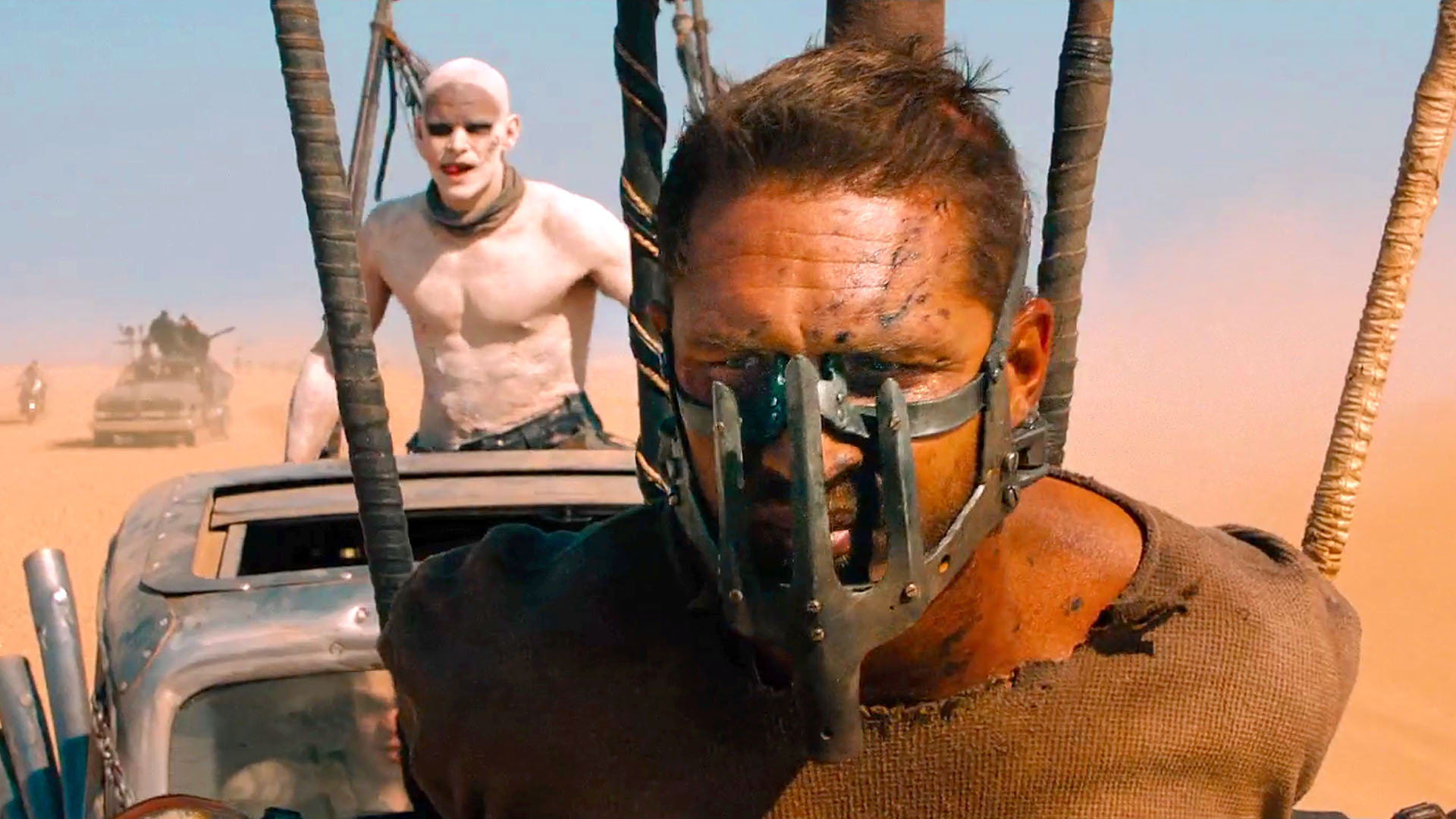In a world where everything is broken, hope drives the last road to redemption.
In the scorched deserts of a post-apocalyptic wasteland, Mad Max: Fury Road (2015) explodes onto the screen like a gasoline-fueled nightmare — a relentless, roaring odyssey through dust, blood, and steel. Directed by George Miller, this modern masterpiece redefines the action genre, turning every frame into a ballet of destruction, every engine rev into a heartbeat of rebellion.

We follow Max Rockatansky, the drifter haunted by loss, as he is swept into a war he never asked for — allied with the indomitable Imperator Furiosa, a rogue warrior determined to save five enslaved women from the tyrannical clutches of Immortan Joe. What begins as a desperate escape becomes a spiritual revolt, as Furiosa seeks redemption and Max finds fragments of his humanity buried beneath the ruins of survival.

What sets Fury Road apart is not just its jaw-dropping practical effects or the near-constant adrenaline — it’s the mythic poetry stitched into its chaos. The world-building is brutal and beautiful: a civilization reduced to cults and engines, where water is a weapon and freedom is bought with flesh. Cinematographer John Seale captures every glint of sun off chrome, every gust of sand in the teeth, while the pounding score by Junkie XL makes your pulse race like a war rig on overdrive.

But at the heart of this visceral spectacle is something more profound: the battle for agency in a world that’s lost its soul. Furiosa is no sidekick — she is the fire at the film’s core, her journey as thunderous and tragic as any road warrior. Max, for all his stoicism, becomes a vessel for trust, reclaiming the ability to believe in something greater than survival.
Mad Max: Fury Road doesn’t just raise the bar for action — it obliterates it. It’s cinema as pure momentum, driven by fury, forged in vision, and unforgettable in its thunderous, apocalyptic grace.

-1754620418-q80.webp)

-1749261547-q80.webp)